Introduction
Time Intelligence is one of the most important aspects of Power BI reporting. Good reporting practice utilizes minimalistic DAX expressions and avoids complexities to build the reports and analytics. Since Power BI is an advanced tool that caters to almost any kind of reporting need, it offers various time intelligence functions, some of which we will explore in this blog. Time Intelligence plays a significant role in financial planning, budgeting, accounting, or any area which has to do with analytics based on time. Let’s get started.
Demonstration
I have a demo Power BI model containing a Date Table (Calendar) which has an active relationship with the Sales table.
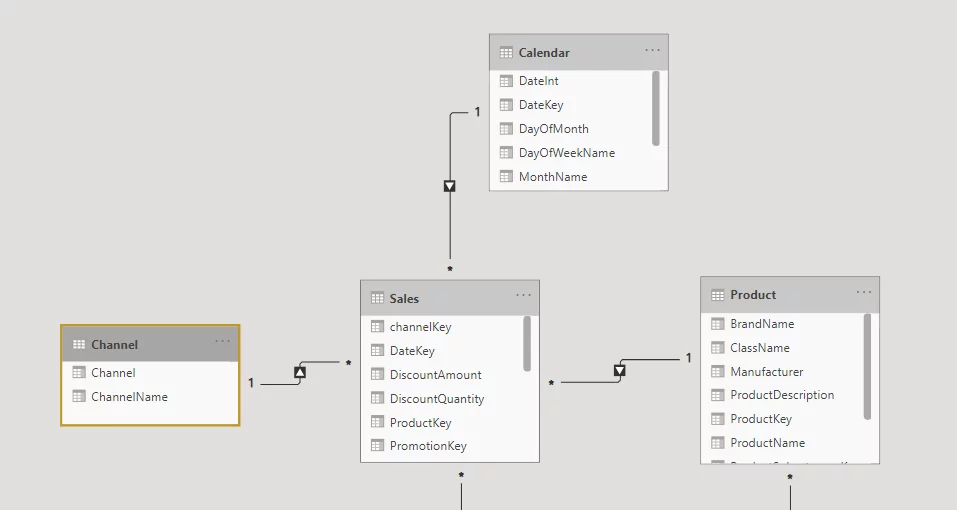
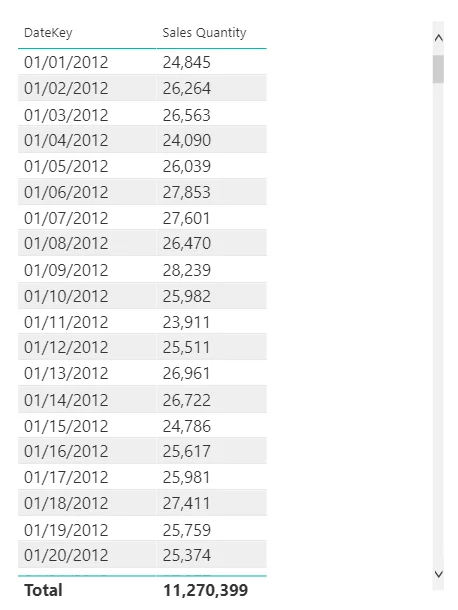
Read more about The Ultimate Salesforce Implementation Checklist for CIOs
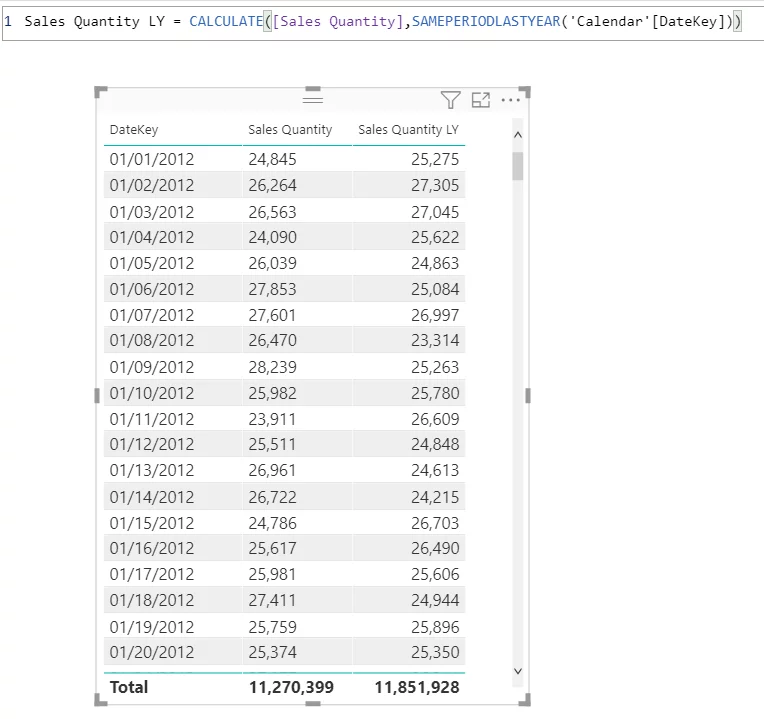
Is Your Business Utilizing Power BI to Its Full Potential?
Partner with AlphaBOLD to maximize the value of your data through advanced Power BI solutions. Let's discuss how we can help.
Request a Demo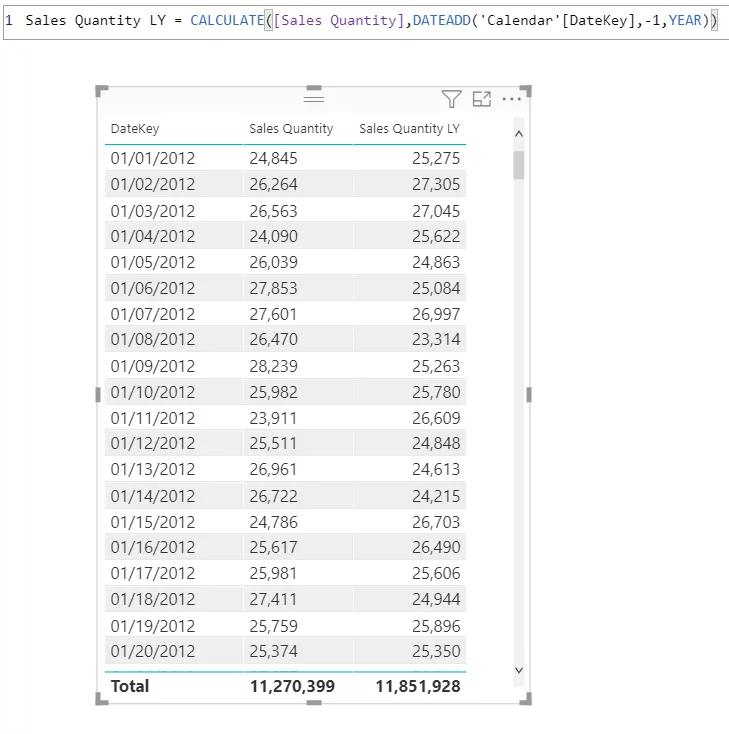
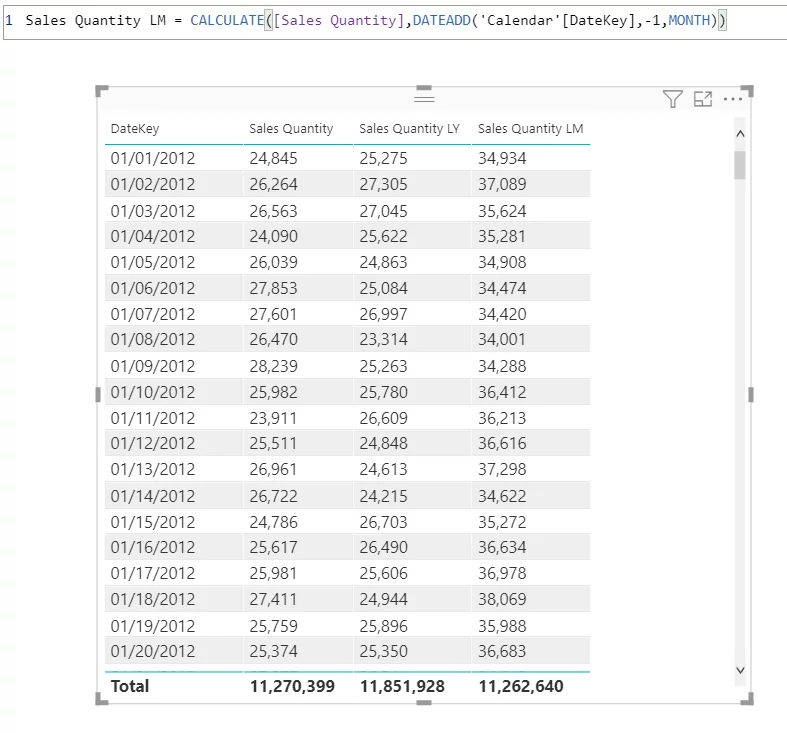
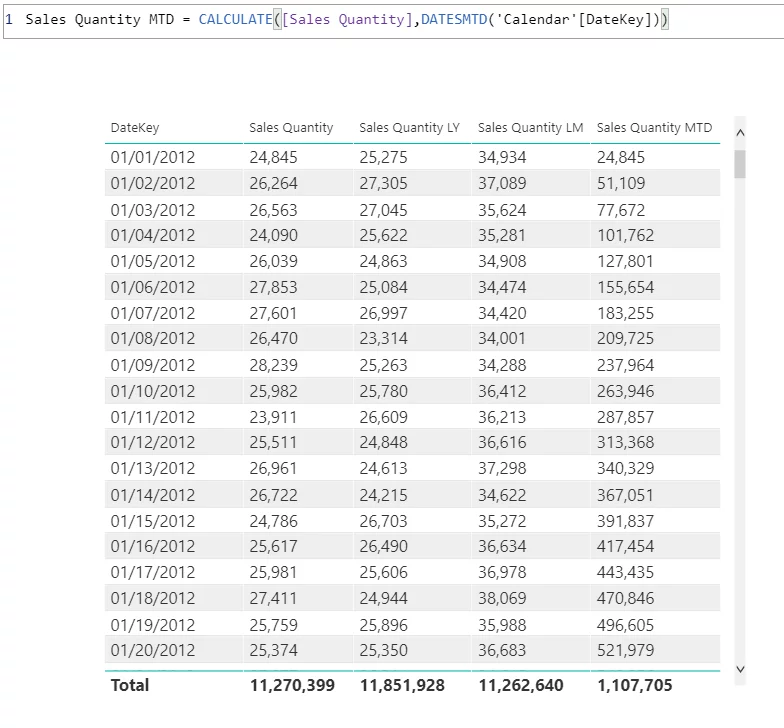
What if you are trying to compute Sales Quantity for the Previous Year’s MTD/YTD/QTD?
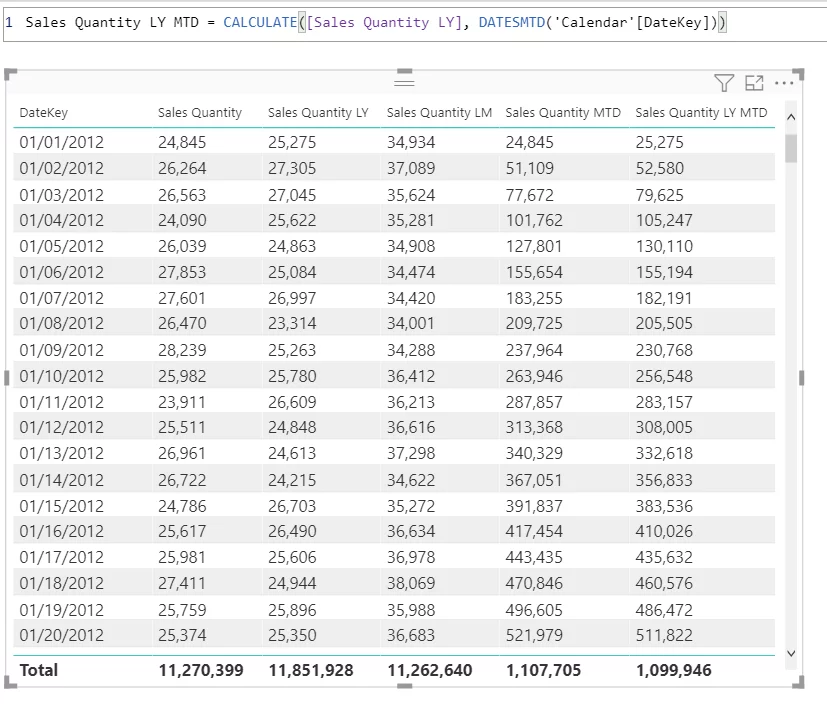
If we just substitute the Sales Quantity measure with Sales Quantity LY, keeping our DATESMTD function applied, it does exactly that, cool stuff.
What if you need to calculate YTD Sales according to Fiscal Year and not by Calendar Year?
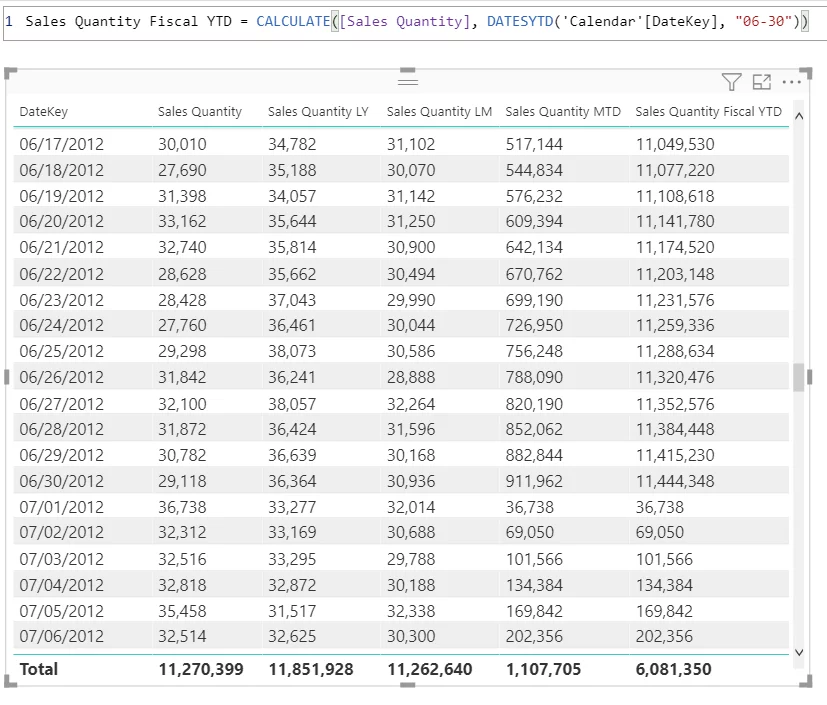
Are Your Data Strategies Aligned with Business Goals?
Ready to optimize your business growth? Learn how AlphaBOLD Power BI's services can help you with the foresight needed to make smarter, data-driven decisions.
Request a DemoConclusion
Explore Recent Blog Posts








